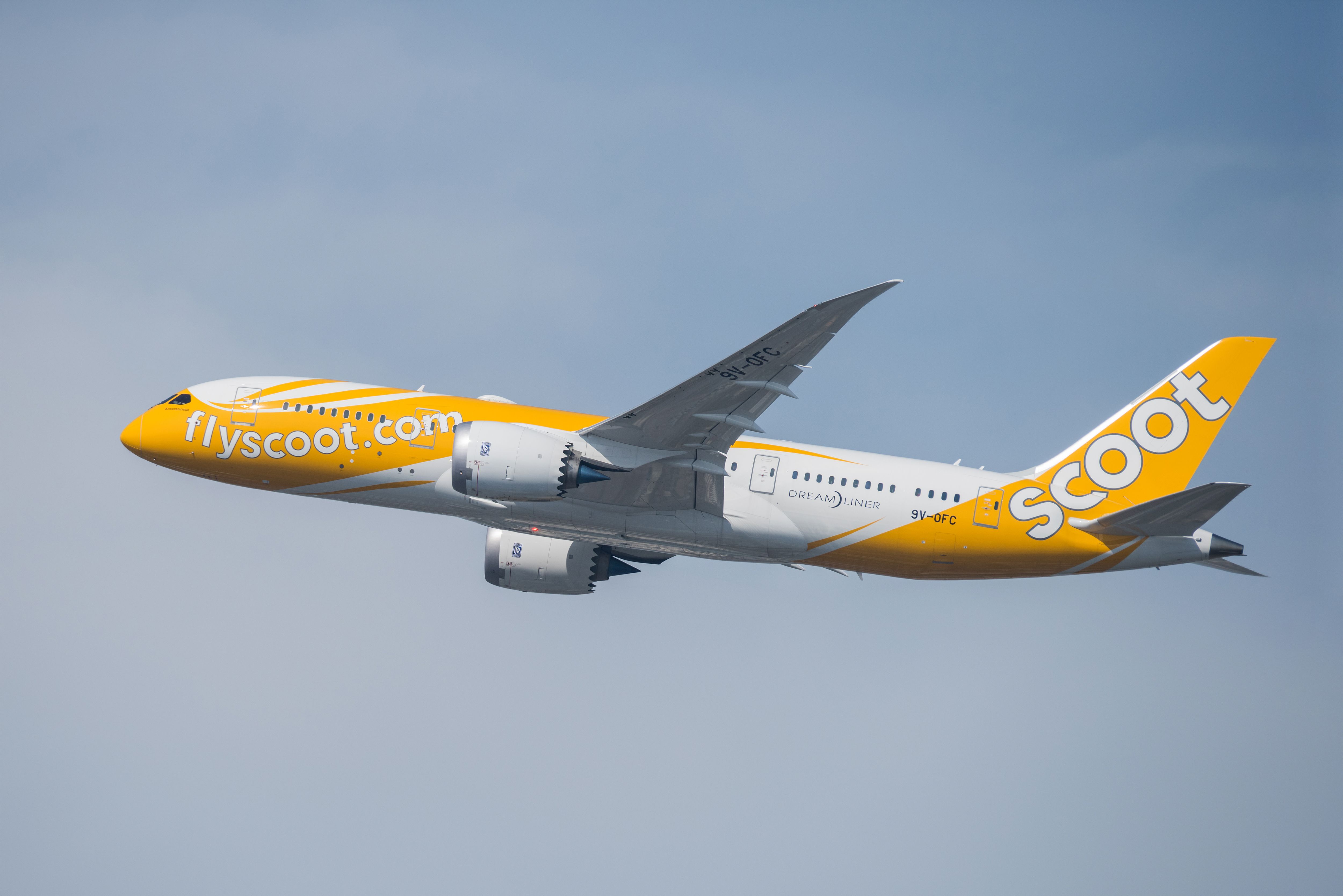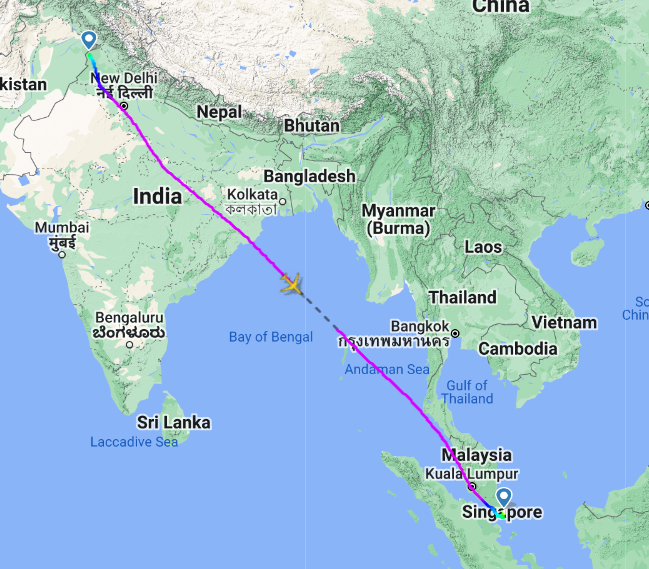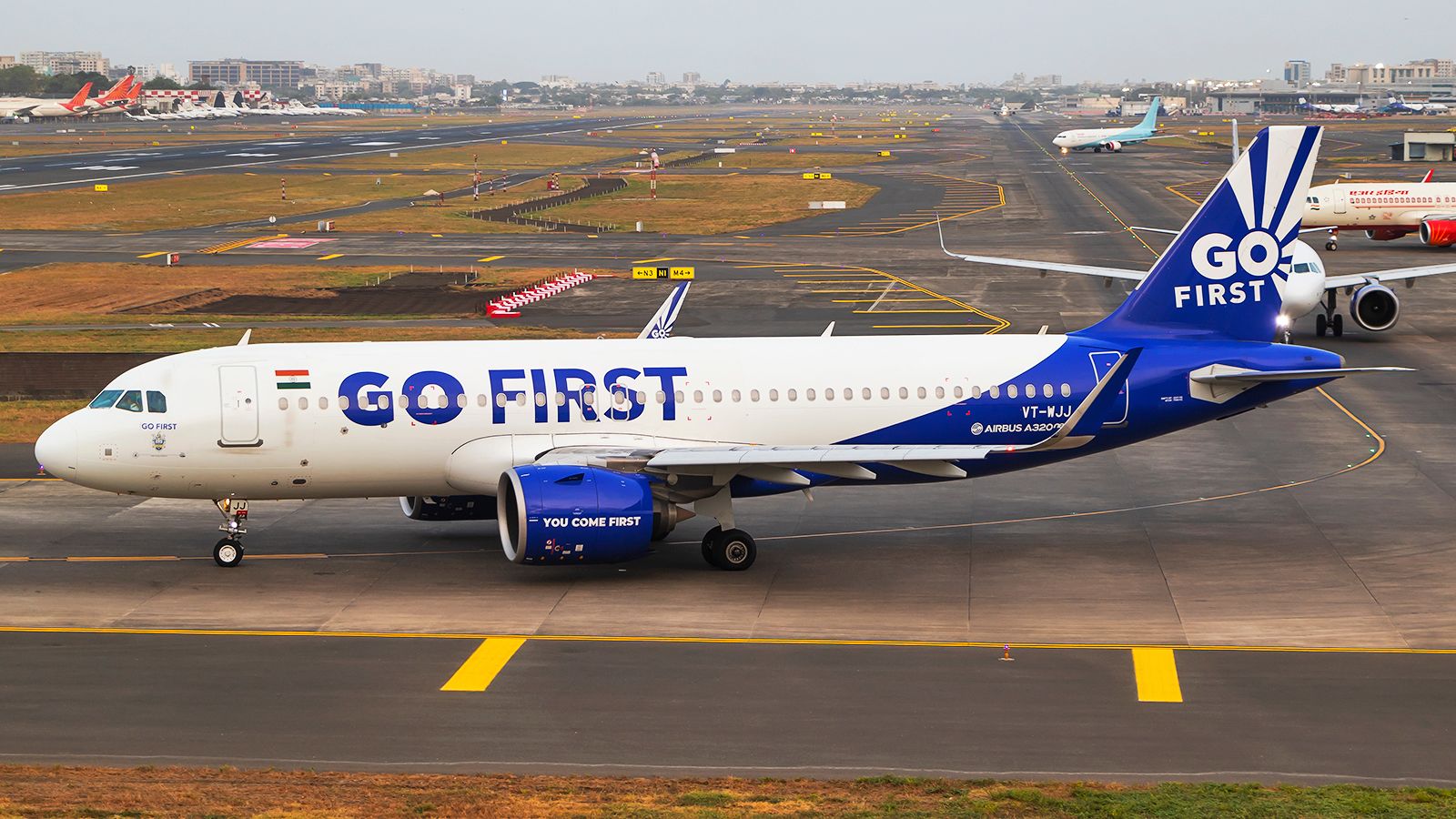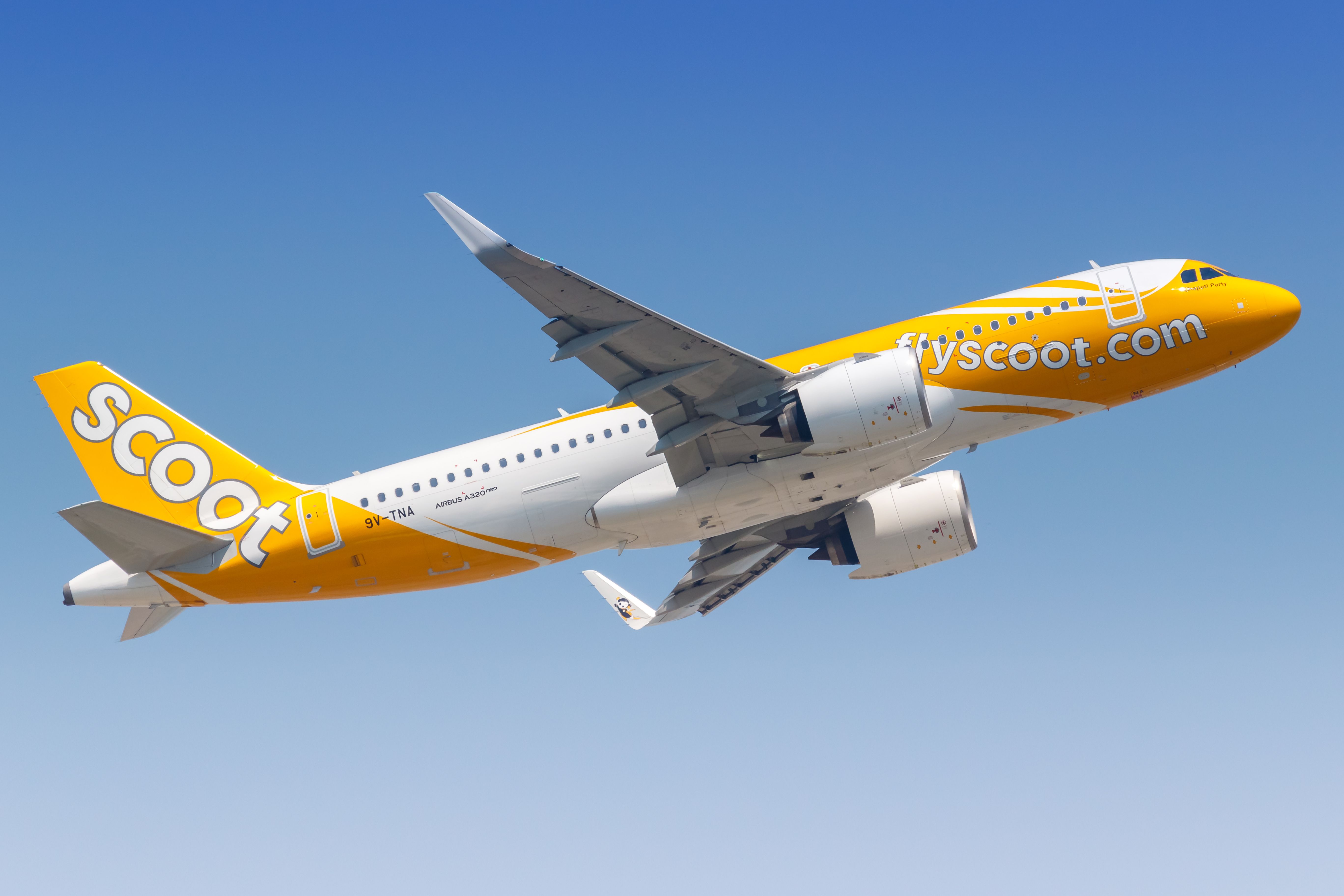An Amritsar-Singapore flight operated by Scoot left behind 35 passengers following a change in schedule. A miscommunication between the travel agent and the passengers is said to be the reason behind the confusion.
This is the second time in a month in India that a flight has departed, leaving behind booked passengers. Earlier, a Go First flight took off, leaving more than 50 passengers waiting inside a shuttle bus.
Plane departs without 30+ passengers
A recent flight connecting the North Indian city of Amritsar in Punjab with Singapore took off, leaving behind 35 passengers. On January 18th, Scoot flight TR509, which initially had a departure time of 19:55, took off at 16:40. Many passengers not aware of the schedule change were left behind, leading to chaos at Amritsar airport.
The airline had reportedly communicated the schedule change to all the passengers through email, but airport director VK Seth told Hindustan Times that the agent did not communicate the change in timings to the affected passengers. Scoot is said to have assured the passengers of accommodation on a different flight.
A low-cost subsidiary of Singapore Airlines, Scoot connects several Indian cities with Singapore through direct flights. Apart from Amritsar, Scoot’s India network includes Tiruchirappalli, Hyderabad, Coimbatore, Trivandrum, and Visakhapatnam.
Get the latest aviation news straight to your inbox: Sign up for our newsletters today.
Days after the Go First incident
Scoot’s Amritsar incident comes just days after a Go First flight from Bengaluru (BLR) to Delhi (DEL) took off, leaving behind 55 passengers who were still inside the shuttle bus that was taking them to the aircraft assigned for the flight.
Angry passengers took to social media to complain about the airline, with one even posting an image of his boarding pass, clearly showing the flight details, including the seat assigned to him. Go First apologized to the affected passengers and accommodated them on alternate airlines to Delhi and onward to other destinations. It also offered them one free ticket for travel on any domestic sector in the next 12 months.
India’s aviation regulator, the DGCA, issued a show-cause notice to the carrier, giving it two weeks to provide an explanation, following which appropriate action will be taken.
Inching closer to pre-pandemic levels
Coming back to Scoot, the low-cost carrier, along with its parent airline Singapore Airlines, is moving closer to 2019 figures. The Singapore Airlines Group carried 2.689 million passengers in December at a passenger load factor (PLF) of 89.7%, more than four times as many passengers as it carried in December 2021.
Find more news about Asian aviation here.
As passenger demand in North East Asia returns, both SIA and Scoot’s load factors in the region are nearly identical to those in 2019. Overall, SIA recorded a PLF of 89.1% and Scoot of 91.6% in December 2022, compared to 87.5% and 88.7%, respectively, in December 2019.
What are your views on this? Please leave a comment below.




